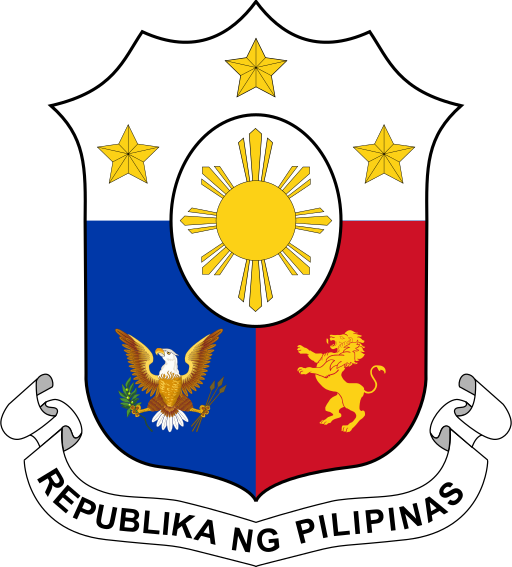DBM PRESS RELEASE

Department of Budget and Management (DBM) Secretary Amenah F. Pangandaman revealed that National Government Agencies (NGA) are required to submit budget utilization reports quarterly.
At the “Kapihan sa Manila Bay” with veteran journalist Marichu Villanueva today, August 21, 2024, Secretary Pangandaman shared that the submission of quarterly reports, which is an old practice of the DBM but had not strictly been followed, details the Status of Appropriations, Allotments, Obligations, Disbursements, and Balances (SAAODB). Aside from NGAs, Constitutional Offices and State Universities and Colleges (SUC) are also required to submit the report to the DBM through the Unified Reporting System.
Secretary Pangandaman shared this as she emphasized that the DBM has amped up its efforts to ensure the proper and timely utilization of agencies’ budgets following the issuance of Circular Letter No. 2024-12 on June 28, 2024, which also required NGAs, especially those with low budget utilization rates, to identify spending bottlenecks and submit detailed catch-up plans.
The Budget Chief added that also towards improving utilization, DBM regularly communicates with agencies: “Sinusulatan po natin sila for them to be able to do their respective catch-up, first quarter pa lang, so we do that regularly…We also have quarterly communications with the Departments for them to use their budgets.”
In terms of government spending, the average obligation rate of National Government Agencies—which measures their absorptive capacity—is 53.9 percent as of June 30, 2024. A high budget utilization rate reflects the agency’s absorptive capacity to utilize additional funds.
Among the NGAs with the highest obligation rates are the Office of the Presidential Adviser on Peace, Reconciliation, and Unity (84.3 percent), National Intelligence Coordinating Agency (80.4 percent), Department of Public Works and Highways (70.5 percent), Department of Finance (69.6 percent), Department of Foreign Affairs (58.5 percent), Department of the Interior and Local Government (56.8 percent), Commission on Elections (55.7 percent), Department of National Defense (52.5 percent), Department of Transportation (51.3 percent), and Department of Agriculture (51.3 percent).
The DBM Secretary also noted that government spending, particularly the Government Final Consumption Expenditure, which notably increased by 10.7 percent, was one of the significant contributors to the higher 6.3 percent GDP growth for the second quarter this year. This was mainly driven by the timely implementation of social protection, health, and education programs, along with preparatory activities for the upcoming FY 2025 National and Local Elections.
Secretary Pangandaman also reported that as of July 31, 2024, the DBM released a total of Php 5.434 trillion, or 94.2 percent of the FY 2024 National Budget.
“For the month of July, ‘yung allotment releases po natin increased to Php 542.76 billion. Ibig sabihin, nag-increase tayo by 11.0 percent from the same period last year,” the Budget Chief shared.
Moreover, the Budget Chief highlighted that only implementation-ready programs, activities, and projects were considered in crafting the proposed FY 2025 National Budget, which must be supported by relevant documents such as feasibility studies, detailed engineering designs, annual procurement plans, agency operational plans, agency sector roadmaps, and network plans.
Aside from this, the DBM also considered the agencies’ absorptive capacity and alignment with expenditure directions under the Philippine Development Plan 2023 - 2028. The DBM also prioritized programs under the Three (3)-Year Rolling Infrastructure Program (TRIP), Information Systems Strategic Plan (ISSP), and Program Convergence Budgeting (PCB).
END

